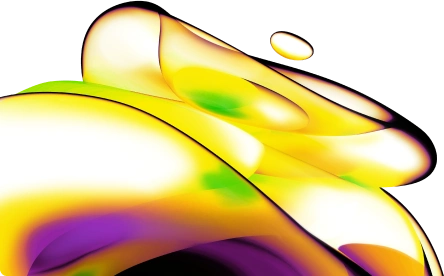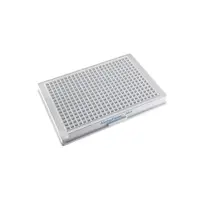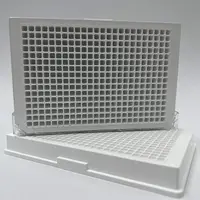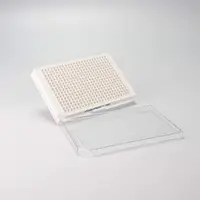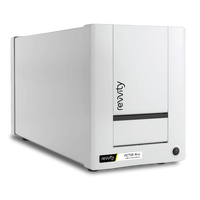
AlphaLISA SureFire Ultra Human and Mouse Total CREBBP Detection Kit, 100 Assay Points
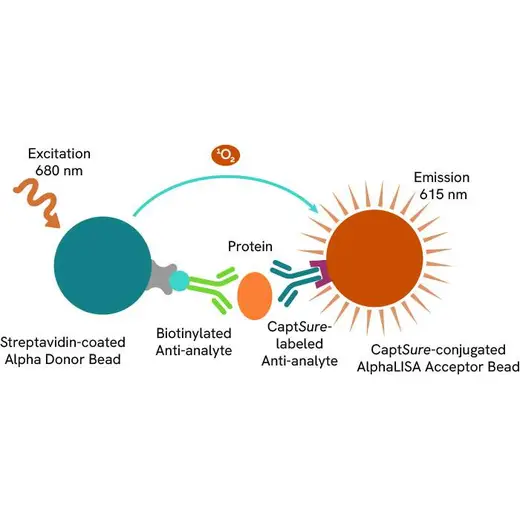





The AlphaLISA® SureFire® Ultra™ Human and Mouse Total CREBBP assay is a sandwich immunoassay for quantitative detection of total CREBBP in cellular lysates using Alpha Technology.
For research use only. Not for use in diagnostic procedures. All products to be used in accordance with applicable laws and regulations including without limitation, consumption & disposal requirements under European REACH regulations (EC 1907/2006).
Product information
Overview
The transcription coactivator CREB binding protein (CREBBP or CBP) is an acetyl transferase, that mediates histone 3 lysine 27 acetylation (H3K27ac) at regulatory elements such as enhancers and promoters. CREBBP/CBP inhibitors and degraders reduce H3K27ac, down-regulate oncogene transcription, induce cancer cell growth inhibition and cell death, activate immune response, overcome drug resistance and suppress tumor progression in vivo. CREBBP/CBP is over-expressed in cancer cells and in drug-resistant cancer cells, it activates oncogene transcription and induces cancer cell proliferation, survival, tumorigenesis, metastasis, immune evasion and drug-resistance.
The AlphaLISA SureFire Human and Mouse Total CREBBP Detection Kit is a sandwich immunoassay for the quantitative detection of total CREBBP in cellular lysates, using Alpha Technology.
Formats
- The HV (high volume) kit contains reagents to run 100 wells in 96-well format, using a 60 μL reaction volume.
- The 500-point kit contains enough reagents to run 500 wells in 384-well format, using a 20 μL reaction volume.
- The 10,000-point kit contains enough reagents to run 10,000 wells in 384-well format, using a 20 μL reaction volume.
- The 50,000-point kit contains enough reagents to run 50,000 wells in 384-well format, using a 20 μL reaction volume.
AlphaLISA SureFire Ultra kits are compatible with
- Cell and tissue lysates
- Antibody modulators
- Biotherapeutic antibodies
Alpha SureFire kits can be used for
- Cellular kinase assays
- Receptor activation studies
- Screening
Specifications
| Application |
Protein Analysis & Detection
Protein Detection
|
|---|---|
| Assay Target Class |
Phospho-protein
|
| Assay Technology |
Alpha
|
| Automation Compatible |
Yes
|
| Brand |
AlphaLISA SureFire Ultra
|
| Detection Method |
Alpha
|
| Experimental Type |
In vitro
|
| Target Species |
Human
Mouse
|
| Therapeutic Area |
Oncology
|
| Unit Size |
100 Assay Points
|
Video gallery


Resources
This guide outlines further possible optimization of cellular and immunoassay parameters to ensure the best possible results are...
Discover Alpha SureFire® Ultra™ assays, the no-wash cellular kinase assays leveraging Revvity's exclusive bead-based technology...

SDS, COAs, Manuals and more
Are you looking for technical documents for this product. We have housed them in a dedicated section., click on the links below to explore.


How can we help you?
We are here to answer your questions.
